Prasat Muangkhaek, located in 30170, Thailand, is a remarkable historical temple that showcases the rich heritage and exquisite architecture of the region. Visitors can immerse themselves in the serene ambiance and explore the intricate stone carvings that tell stories of ancient civilizations, making it an essential stop for history buffs and cultural enthusiasts alike.

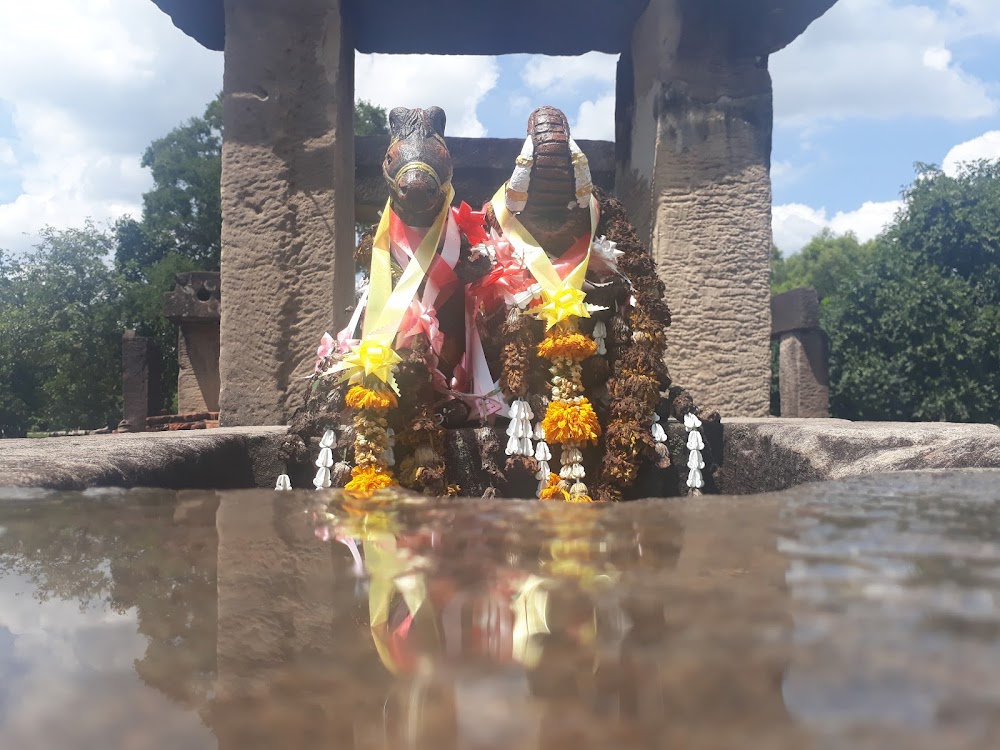
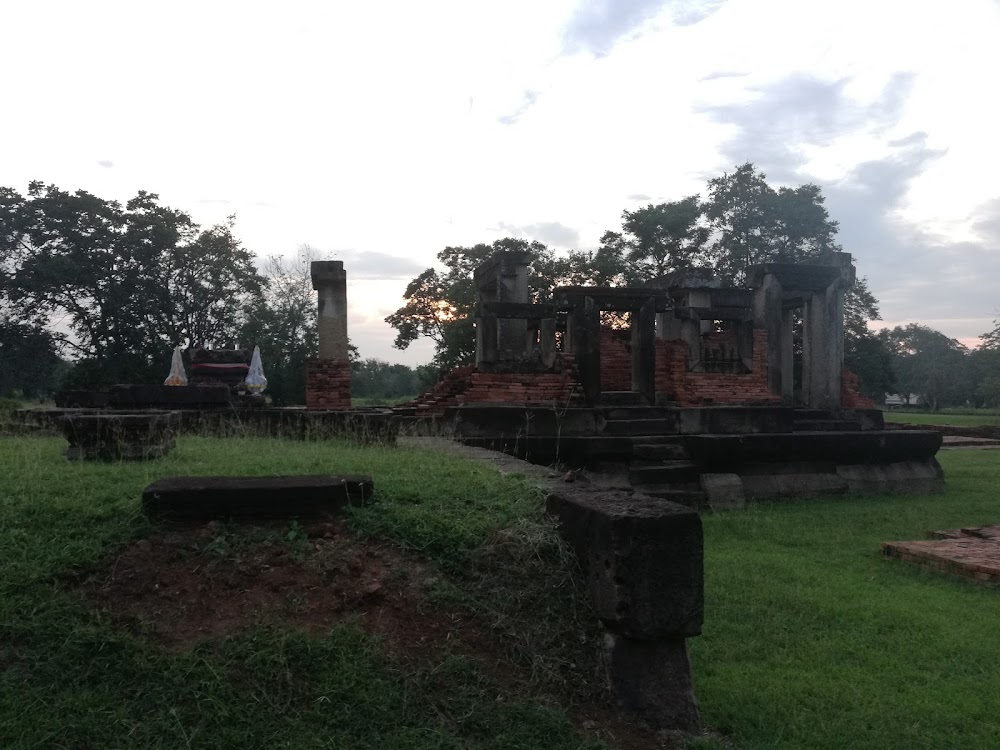
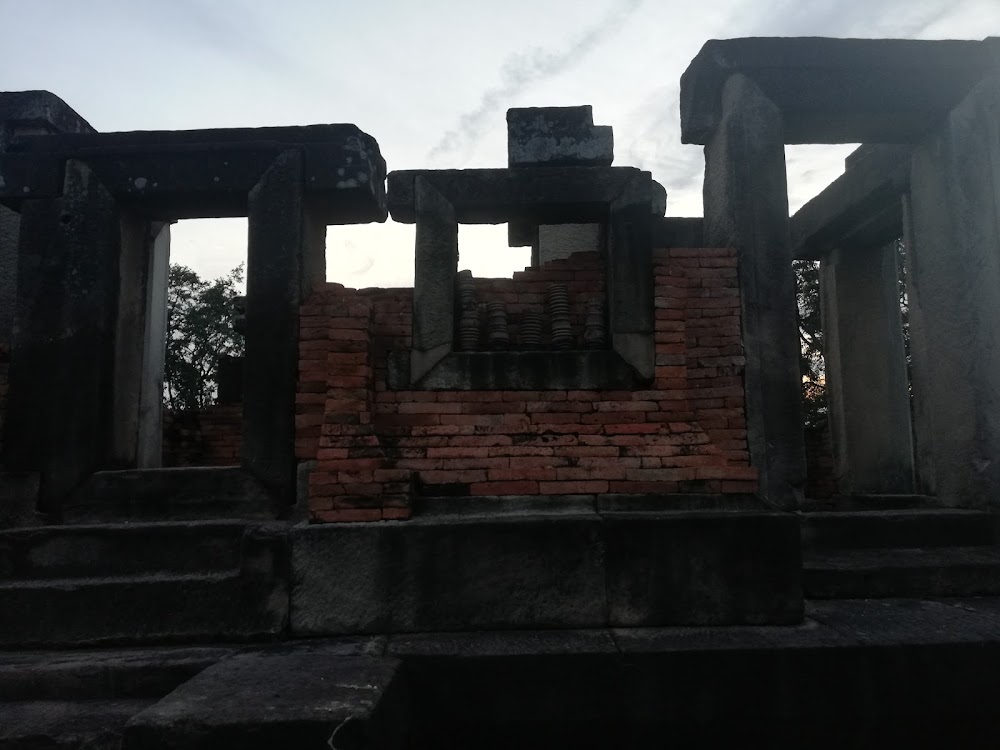




Nestled in the heart of Thailand, Prasat Muangkhaek stands as a testament to the region’s glorious past, captivating visitors with its stunning architecture and serene surroundings. This ancient temple complex, with its intricate stone carvings and rich history, reflects the grandeur of its time, inviting exploration from history enthusiasts and curious travelers. As you stroll through the site, the beautifully preserved relics and structures echo tales of the ancient civilizations that once thrived here. The lush grounds provide an idyllic setting for reflection and appreciation of Thailand’s cultural heritage, making it a perfect location for both relaxation and enlightenment. Whether you’re an avid historian or simply seeking a unique travel experience, Prasat Muangkhaek is a must-visit destination that allows guests to connect with the deep historical roots of the region while enjoying the tranquility of this architectural marvel.
ปราสาทเมืองแขก (สูงเนิน, ไทย) - รีวิว - ThailandAgoda.com
Attractions
6 miles

0.00 miles
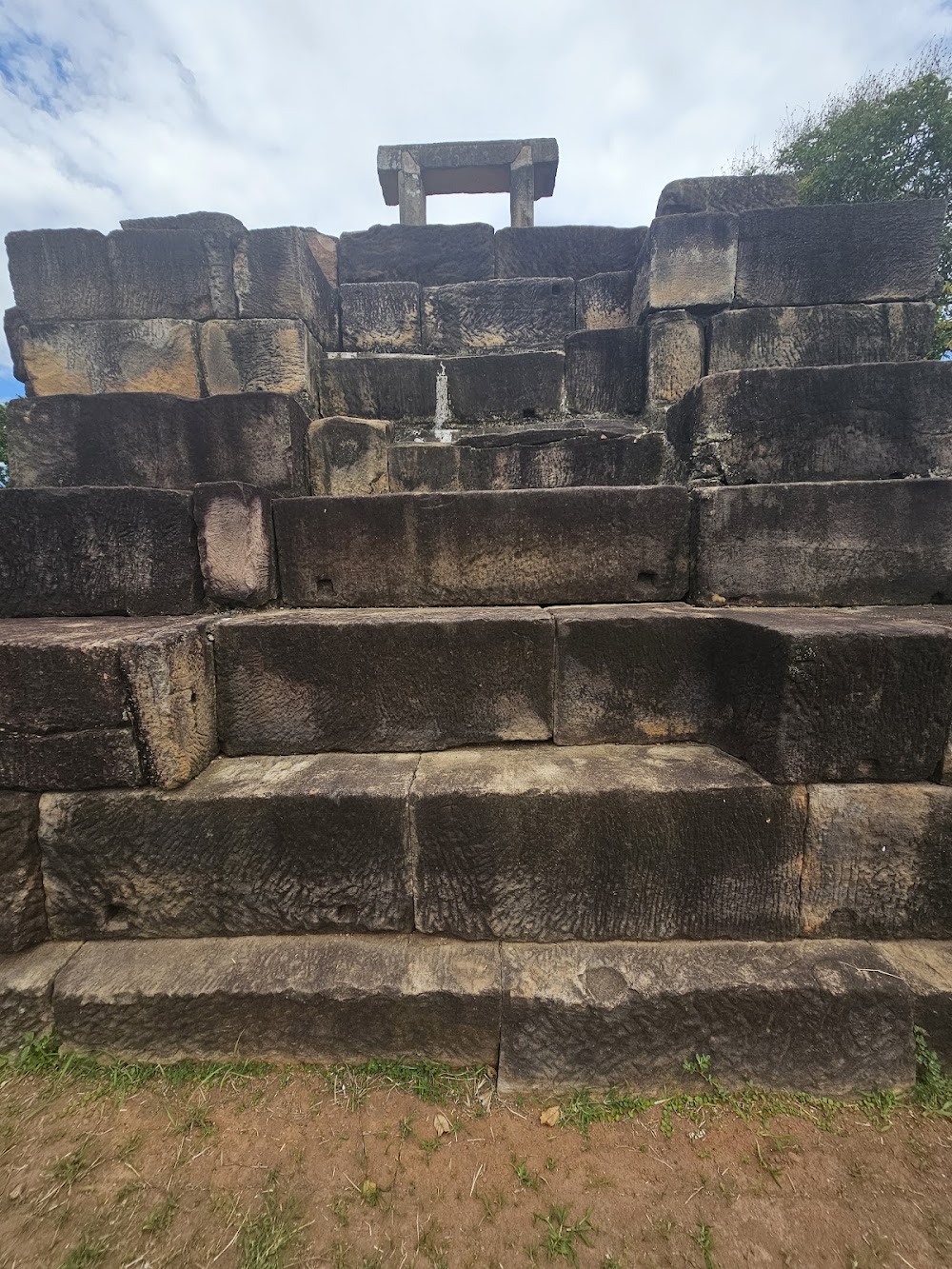
0.39 miles

1.94 miles
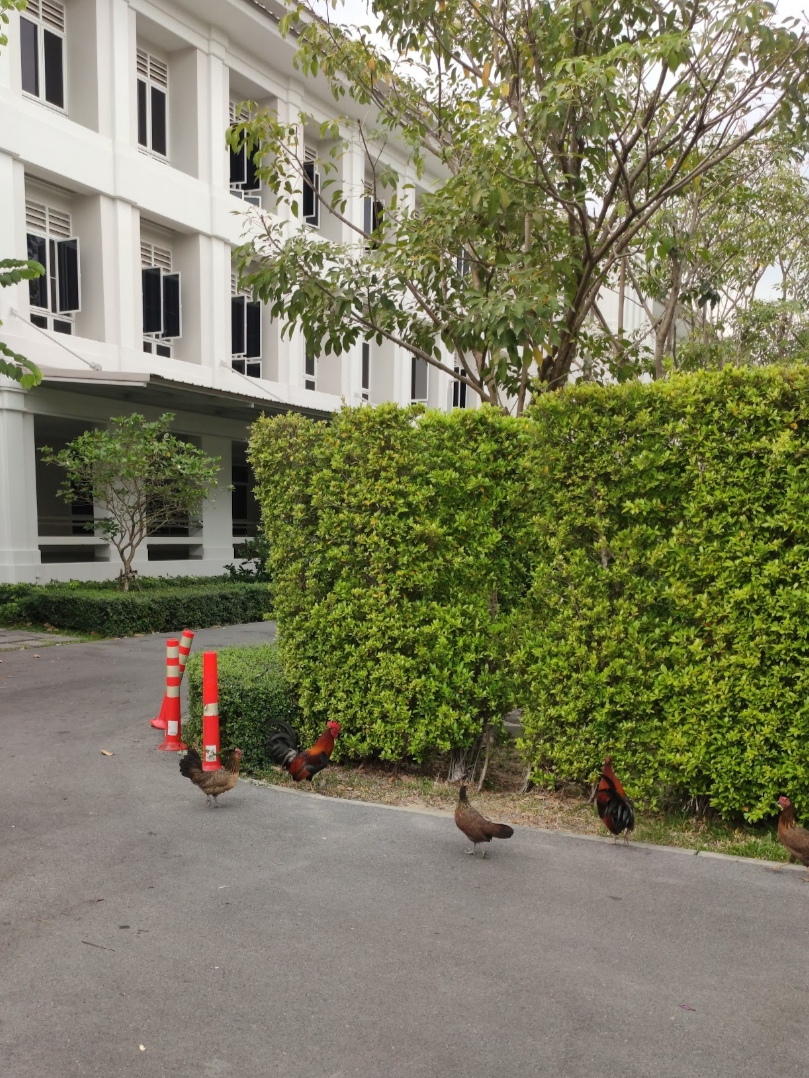
1.96 miles
Prasat Muangkhaek is perched on a picturesque hilltop overlooking 30170, Thailand
สถานที่ทางประวัติศาสตร์อีกแห่งของเมืองเสมา สูงเนิน เป็นซากปรักหักพังของปราสาทโบราณที่สร้างด้วยศิลาแลง เหมาะสำหรับผู้ชอบชมโบราณสถาน
ปราสาทเมืองแขกเป็นปราสาทขอมที่มีขนาดใหญ่ แต่เหลือเพียงแต่ซากอาคาร มีแนวคูกั้นน้ำ รอบๆ ดูเงียบๆ วันที่ไปไม่มีนักท่องเที่ยวเลย ทำให้ดูเงียบสงบ เหมาะกับการท่องเที่ยวศึกษาประวัติศาสตร์ เพราะเงียบสงบดีนัก
The age of the site suggests that it was built at the same time as the monuments of Koh Ker, Cambodia. A common feature with both locations is the technique of placing smaller buildings in the center with progressively larger structures along the edges. This feature is the reason for the unusually large gopura that makes the central shrine pale. In an unusual turn, the gopura (and by extension the entire temple) faces north instead of east. Until a few years ago the temple was in an advanced state of decay with only a few low mounds visible above the surface, then it was “maintained” by reconstructing the surviving sandstone features (mainly doors, windows, lintels and foundations) and laid some new brick courses to hold them in place and provide a sense of scale.